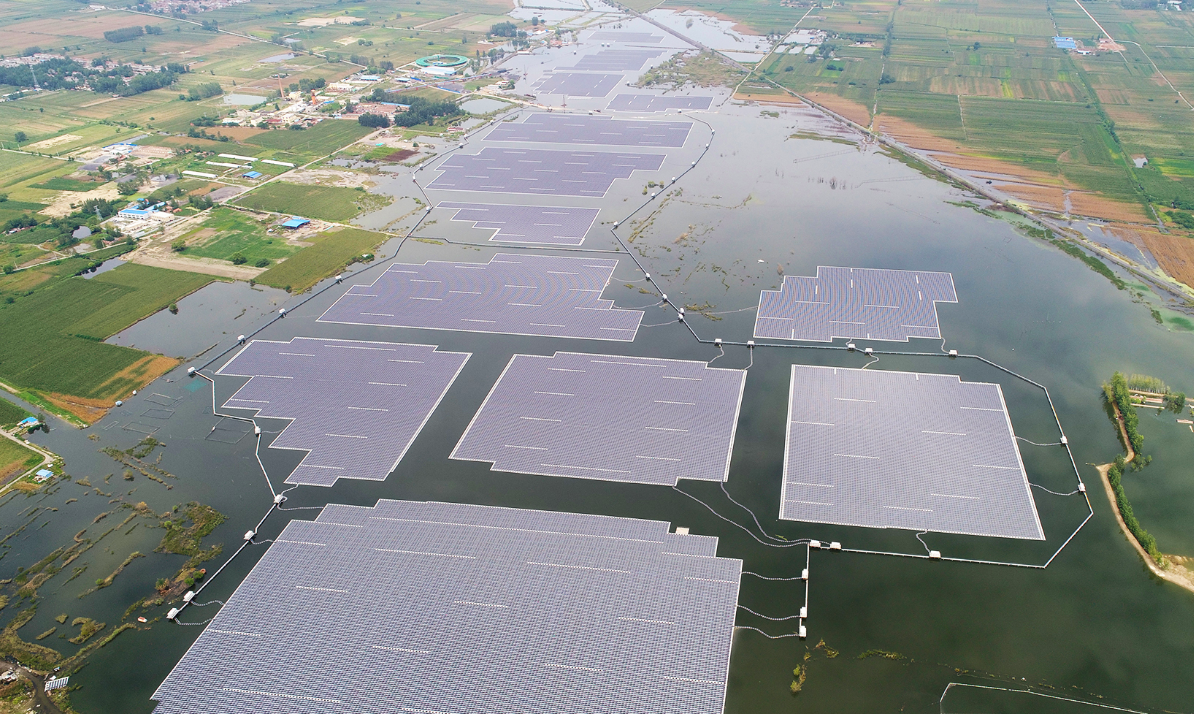The Energy Minister of the Belgian region of Flanders, Lydia Peeters, has announced the Flemish government will award a 10-year feed-in premium of €0.078/kWh to a 1.2 MW floating PV project.
The project, under development by Terhills NV, a unit of Limburg-based investment firm Limburgse Investeringsmaatschappij LRM, will receive the premium on top of the electricity market price.
Minister Peeters said Flemish energy agency the Vlaams Energieagentschap (VEA) has set a provisional banding factor of 0.8 for the Cable Park Terhills project, located in Dilsen-Stokkem. “With this provisional banding factor, a second floating solar park with innovative technologies becomes possible in Flanders,” said the regional politician.
The electricity produced by the Terhills floating array will power the Cable Park aquatic park, with any surplus injected into the grid, the minister added.
The Flemish government is supporting floating PV to the tune of €4.1 million. The Cable Park project, which is expected to receive backing of €503,000, is one of six floating PV projects that can apply for up to 25% of their costs.
Adjusted premium payment
French energy giant Engie is developing a 100 MW Kristalpark floating solar project which was originally awarded the same 0.8 banding factor as the Cable Park scheme, entitling it to the same premium level. However Engie, which expects to complete the project next month, recently revealed the procurement process for the facility had seen its banding fall to 0.515, meaning a premium of €0.0479 on top of the market power price.
“The Kristal Solar Park will require up to 34% less support than initially calculated,” said former Flemish Energy Minister Bart Tommelein at the time.
The banding gap and feed-in premium for each project can be revised annually by the VEA, depending on energy prices. The final price is an estimated value of green certificates a plant will receive for electricity generation, paid on top of the energy market value. “It is a sort of a feed-in premium that is reviewed and adjusted annually for the real energy price over the previous year,” Bram Claeys, president of Flemish solar energy association PV-Vlaanderen told pv magazine in February. “If the energy price increases the support decreases and vice versa.”
Belgium reached a cumulative installed PV capacity of 4 GW at the end of last year, according to the International Renewable Energy Agency. Grid operator Elia forecasts it will reach up to 18 GW in 2040.
This content is protected by copyright and may not be reused. If you want to cooperate with us and would like to reuse some of our content, please contact: editors@pv-magazine.com.




What is the point of floating PV, in Belgium?